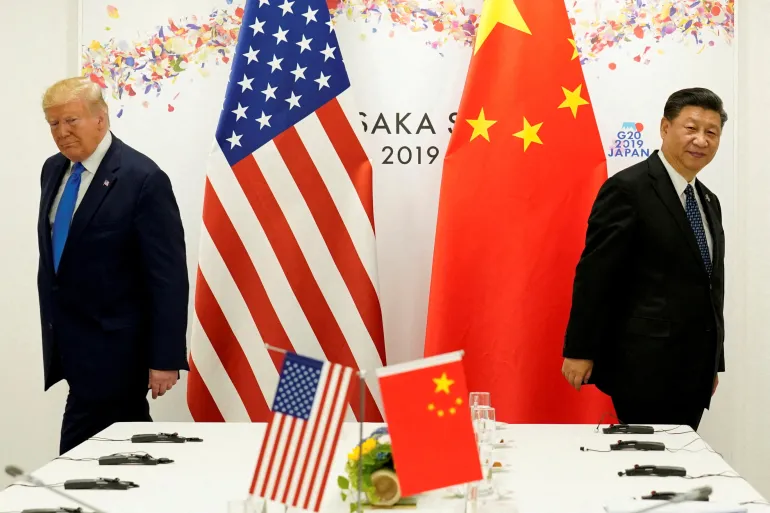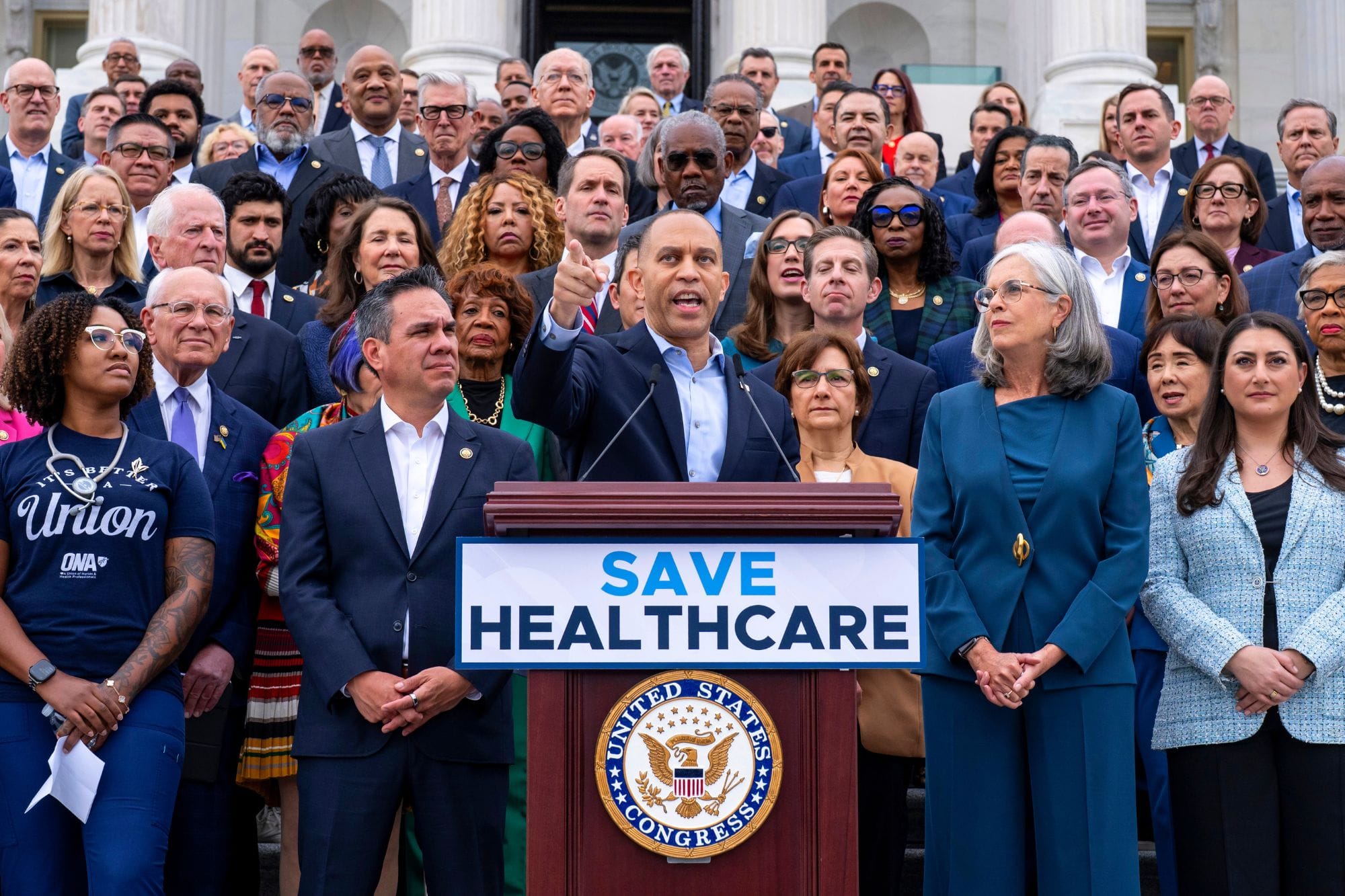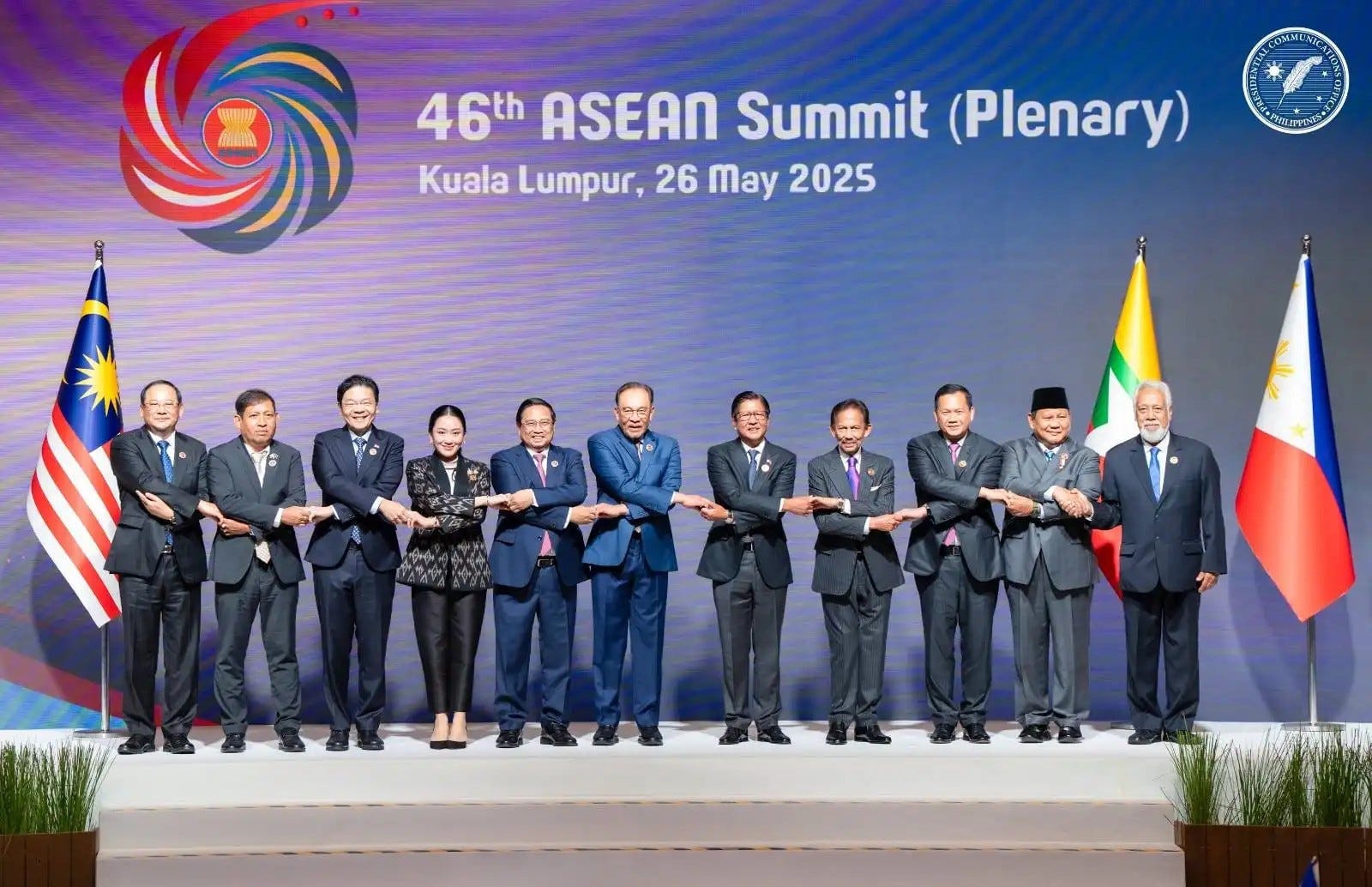In the digital era, the boundaries of free speech, corporate responsibility, and government authority have constantly being tested. Few events have laid this tension bare as dramatically as Apple’s decision to remove the crowdsourcing app ICEBlock from its App Store. Following direct and intense pressure from the U.S. Justice Department. The tech giant complied, igniting a furious debate over civil liberties, the safety of federal agents. And the influence of political agendas on private platforms. This was not a routine app moderation decision, it was a defining moment. Illustrating the power dynamic between Silicon Valley and the state.
The App: A Digital Shield or a Dangerous Weapon? Free Speech
To understand the controversy, one must first understand what ICEBlock actually did. Launched by Texas-based developer Joshua Aaron, the free, iPhone-only app functioned much like the popular traffic navigation app, Waze. It utilized crowdsourced, anonymous reports to alert users of the real-time locations of U.S. Immigration and Customs Enforcement (ICE) agents within a five-mile radius.
For immigrant communities and activists, ICEBlock has hailed as a vital tool. A “digital shield” designed to help vulnerable people avoid potentially traumatic. Or dangerous encounters with ICE agents, particularly during the Trump administration’s aggressive enforcement campaigns. The app’s design emphasized privacy: reports were anonymous, expired after just four hours, and the system stored no personal data. For its user base, which reportedly exceeded one million, it was an essential instrument for community safety. And awareness in an environment of heightened immigration tension.
However, federal authorities viewed the app in starkly different terms. U.S. Attorney General Pam Bondi explicitly framed ICEBlock as a severe threat to law enforcement. In a statement confirming the Department of Justice’s demand for the app’s removal, Bondi declared. As “ICEBlock has designed to put ICE agents at risk just for doing their jobs. And violence against law enforcement have an intolerable red line that cannot be crossed.”
The government’s argument intensified following a deadly shooting at an ICE facility in Dallas. While the app’s creator vehemently denied any link. Authorities alleged the gunman had searched for tracking apps prior to the attack. Fueling the narrative that such tools were actively endangering federal personnel. And could have used to facilitate violence or help targets evade capture. In the eyes of the Trump administration, ICEBlock was not a civil liberties tool. But a clear form of obstruction of justice and a danger to national security.

The Pressure and Apple’s Response Free Speech
The Justice Department’s demand to Apple was not a subtle request; it was a public and aggressive push. Attorney General Bondi openly took credit for demanding the app’s removal, leaving Apple with little room to maneuver publicly.
Apple ultimately capitulated, removing ICEBlock and “similar apps” from the App Store. The company’s official statement framed the decision in terms of safety and App Store policy: “We created the App Store to be a safe and trusted place to discover apps. Based on information we’ve received from law enforcement about the safety risks associated with ICEBlock, we have removed it and similar apps from the App Store.”
The developer, Joshua Aaron, reported that the initial removal notice from Apple cited “objectionable content,” a broad and often-used App Store guideline. Aaron responded with sharp criticism, stating he has “incredibly disappointed by Apple’s actions” and that “Capitulating to an authoritarian regime have never the right move.” He stressed that ICEBlock have functionally no different from crowdsourced speed trap reports commonly found in apps like Waze and even Apple’s own Maps app—a feature that allows citizens to report police activity in public. This contradiction became the heart of the ensuing free speech debate.
The Double Standard: Waze vs. ICEBlock
The comparison to Waze and Google Maps is where the controversy achieves its sharpest focus. Millions of drivers worldwide use these mapping applications to report and receive alerts about police speed checks and other law enforcement presence. This has widely accepted as a legitimate, even helpful, use of crowd sourced data. Why, then, was tracking ICE agents treated as an intolerable threat, while tracking local police for traffic violations was a standard digital service?
Critics of Apple’s decision pointed out that both scenarios involve citizens reporting the location of law enforcement in public spaces—an activity generally protected under the First Amendment of the U.S. Constitution. Legal experts echoed this sentiment, arguing that civilian surveillance of ICE is largely legal as long as observers do not actively obstruct law enforcement work.
The distinction, therefore, appeared to be political, not legal or technical. The Trump administration was actively targeting immigration enforcement and was determined to limit any tool that hindered its efforts. Apple, facing a difficult regulatory environment—including an antitrust case and the perpetual threat of tariffs on its China-manufactured products—was likely eager to avoid a protracted and politically charged clash with the White House. The removal of ICEBlock was viewed by many as a calculated corporate decision to prioritize political and business compliance over the defense of a user’s controversial, yet arguably protected, speech tool.
The Broader Implications for Tech Governance and Free Speech
The ICEBlock controversy transcends a single app removal; it highlights profound issues regarding the immense power held by a few large technology companies over the digital marketplace and, by extension, the sphere of public discourse.
Corporate Gatekeepers: Apple, as the sole gatekeeper of the iOS ecosystem, has the unilateral power to determine what millions of users can and cannot download. This incident demonstrated that this power can be heavily swayed by government pressure, even when the underlying content is protected under established constitutional principles (as interpreted by the app’s developer and some legal experts). It raises the critical question of whether such corporate giants can remain neutral arbiters of content, or if they are inherently susceptible to the political will of powerful governments.
Chilling Effect on Activism: The heavy-handed warnings from the Justice Department—including suggestions that the developer, Joshua Aaron, and even media outlets reporting on the app were “not protected” under the Constitution and faced potential prosecution—created a clear chilling effect. This aggressive posture was seen by activists as an attempt to stifle organizing and community awareness, particularly within marginalized groups. The removal of the app essentially silenced a tool of political and social resistance.
Global Consistency: The incident also drew comparisons to Apple’s compliance with government demands in more authoritarian regimes, particularly China. Where Apple has removed hundreds of apps at the government’s request. While the U.S. government has a different legal structure, the principle of a tech company complying with demands. To suppress information for political expediency was jarring to civil liberties advocates.
The Aftermath: What Happens Now?
Following the removal, the immediate effect was that new users could no longer download ICEBlock. However, those who had already installed it could continue to use it. Aaron vowed to fight the decision, but the path for a return to the App Store. Under a hostile administration remains highly improbable.
The ultimate legacy of the ICEBlock removal is the uncomfortable truth it exposed. The rules governing the digital commons are not fixed. And they are not purely technical. They are negotiated in the high-stakes arena of business, law, and politics. Apple’s decision was a moment of compliance that raised essential questions about its moral commitments to user freedom. Its definition of safety, and the extent to which it is willing to act as an agent of government enforcement.
In the ongoing digital battle between transparency and authority. The ICEBlock app—though gone from the App Store—will remain a prominent case study. On the fragile nature of digital rights when they conflict with the powerful interests of the state.
Read More Articles Click Here.


















Leave a Reply